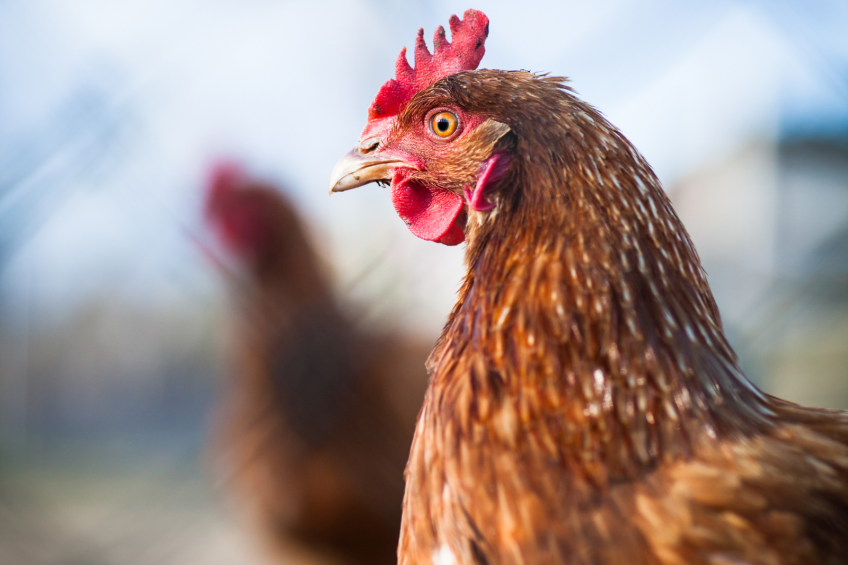S enteritidis risk greater in small flock eggs

Eggs from small flocks of chickens are more likely to be contaminated with Salmonella enteritidis than eggs sold in grocery stores, which typically come from larger flocks that are regulated by the US Food and Drug Administration, according to researchers in Penn State’s College of Agricultural Sciences.
That conclusion – which flies in the face of conventional wisdom that eggs from backyard poultry and small local enterprises are safer to eat than ‘commercially produced’ eggs was drawn from a first-of-its kind, 6-month study done last year in Pennsylvania. Researchers collected and tested more than 6,000 eggs from more than 200 selling points across the state.
Exemption from FDA ruling
Salmonella enteritidis is a leading foodborne pathogen in the US, with many outbreaks in humans traced back to shell eggs. The FDA requires shell-egg producers from farms with more than 3,000 chickens be in compliance with the FDA Final Egg Rule, which is aimed at restricting the growth of pathogens. However, small flocks with fewer than 3,000 layer chickens currently are exempted. Eggs from these producers often are marketed via direct retail to restaurants, health-food stores and farmers markets, or sold at on-farm roadside stands.
From April to September 2015, the researchers purchased 2 to 4 dozen eggs from each of 240 randomly selected farmers markets or roadside stands representing small layer flocks in 67 counties of Pennsylvania. Internal contents of the eggs and egg shells were cultured separately for Salmonella using standard protocols. Salmonella recovered were classified by serotype, and any Salmonella enteritidis isolates present were further characterised to evaluate their relatedness to isolates of the bacteria that have caused foodborne illness outbreaks.
Incidences of Salmonella enteritidis in tested eggs
Test results revealed that of the 240 selling points included in the study, eggs from 5 (2%) were positive for Salmonella enteritidis. Eggs sold at one of the positive selling points contained the bacteria in egg shells; the eggs from the other 4 selling points had Salmonella enteritidis in internal contents.
That is a higher prevalence of the pathogen than that found in studies of eggs from large flocks, noted lead researcher Subhashinie Kariyawasam, microbiology section head at Penn State’s Animal Diagnostic Laboratory. Those eggs, from flocks of more than 3,000 birds, are subject to federal regulations aimed at reducing Salmonella enteritidis contamination.
Regulations for bigger flocks
These regulations require measures such as placement of Salmonella-“clean” chicks, intensive rodent control, cleaning and disinfecting between flocks, environmental monitoring of pullet and layer houses, continuous testing of eggs from any Salmonella-positive houses, and diverting eggs from Salmonella-positive houses for pasteurisation.
Kariyawasam – who presented the research findings to the American Veterinary Medical Association and the American Association of Avian Pathologists at their August meeting in San Antonio, Texas – said the study clearly demonstrated that Salmonella enteritidis is present in the eggs produced by small flocks.
Extra attention to small production systems
Eggs from small flocks make a negligible contribution to the table egg industry in the United States, Kariyawasam noted. But the growing demand for backyard eggs and eggs from non-farm environments – with small egg-producing flocks managed in cage-free systems and pasture situations – suggests these production systems deserve some scrutiny.
“The bottom line is, if you buy your eggs from the small producers, you need to worry about Salmonella just as if you bought eggs produced by large flocks,” Kariyawasam said. “And, beyond the consumption of eggs, birds in these flocks can have Salmonella, so people with backyard poultry need to be aware of the dangers with pet birds – there is a risk to allowing birds to come into the house and children playing with the chickens.”













